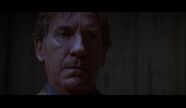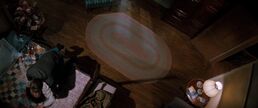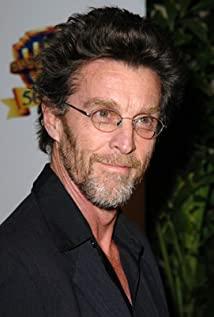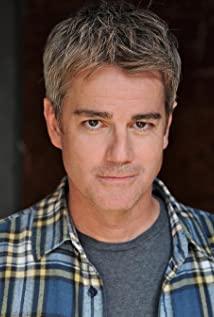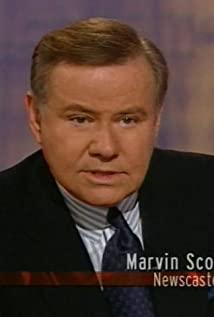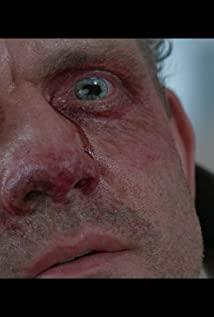I write this film review from the perspective/direction of the male protagonist.
Movies can be understood from two perspectives. One is the so-called normal people and those who are not mentally ill; the other is the people who indulge in Sutter Cane writing, that is, people who are suffering from mental illness.
I have an important view and values that make me divide it into two perspectives: the so-called reality and normality are only things recognized by each other/public, and normality and madness can easily change positions. When madness becomes your mainstream, you will feel familiar. Away from you, there is only one person left. I think it is not normal to be mad and not mad. You say that I am suffering from the disease and you say that you are normal, just because you have never understood, so you can say that I am mad as a so-called normal person.
The movie uses a flashback technique. At first, the actor John Trent was sent to a mental hospital. He was judged to be one of the infected members, and then he told the doctor what happened. The writer Sutter Cane disappeared. John Trent worked as an insurance investigator and freelance writer. He investigated as an insurance investigator and went to Hobb's End, the town of the same name mentioned in the horror novel with Linda Styles, secretary of Sutter Cane’s boss. The remote town is not even mentioned on the map, a small forgotten place. Linda read Sutter Cane's horror novels, and even read the unpublished manuscripts in detail. She was surprised that what happened at Hobb's End was similar to the plot of the novel, or even exactly the same. In the novel, what should have been fictional is slowly turning into reality. The director creates an imagination space for the audience, and shapes a character that seems to follow the development of the novel, or the character is creating a story.
John drove away in the car, and Linda, who was the only companion, changed. On the road, there was always a group of terrible kids intercepting him. I feel absolute loneliness and panic. As I mentioned, "When madness becomes your mainstream, you will feel familiar and leave you alone. Only one person is left." Is it normal for John to be mad? This is not defined, yet another imagination space for the audience.
The scary thing is belief, it does exist. Faith always seeks obedience through fear. Believers have never understood the true meaning of everything. However, people made it come true because of over-belief, and the horror novel was transformed into a new bible and a new belief. Because the movie involves faith, it contains elements of irony and religion, and the characters often use the Bible and Christianity as metaphors. Take the Bible as an example. The Bible may be a crazy novel. Readers make it true because of over-belief. Then people follow the Bible to develop or edit the story. The writer becomes the god worshipped by everyone, and then the madness becomes the mainstream of the world. , Mutual recognition is the so-called reality now. In addition, in the movie scene of Linda running to the church, the inverted cross is faintly visible in the background, which is a metaphor for the enemy of Christianity (interesting). The source of the inverse cross was St. Peter, who was given a death crucified for preaching. St. Peter believed that the crucifixion was not worthy of Christ, so he was nailed to the inverse cross. It was later adopted by others, meaning it was anti-Christian.
In the second half of the movie, John was trapped in a small space, and Sutter Cane spoke to him through the door. And this speech across the door is very important. John said that he would find a damn reasonable explanation to ridicule the world. There is always a so-called reasonable/scientific explanation for everything that happens in this world, and people are always used to rationalizing everything. Sutter Cane said to absorb the energy of new readers and believers, referring to the spiritual energy or the energy of faith. Horrible, what reasonable explanation do you find? I will only say that you are crazy!
The ending brings the audience back to the rational reality, the so-called normal person's perspective: the boss said that no one was named Linda, he saw John take an axe to kill someone, John was judged to be mentally ill, and the doctor said he thought he was fictitious. . .
I especially like the ending. John is holding popcorn and watching "In The Mouth Of Madness" in a red-seat movie theater. John is laughing, laughing, laughing, laughing, you are a normal person saying he is crazy , I said, he is absolutely not crazy, he is just laughing, laughing, how ridiculous he is.
Disorganized notes and extremely confused thoughts in my mind written in
the midnight of Christmas Eve, December 24, 2009
View more about In the Mouth of Madness reviews



